
Deutsch-Chinesische Enzyklopädie, 德汉百科
 Science and technology
Science and technology

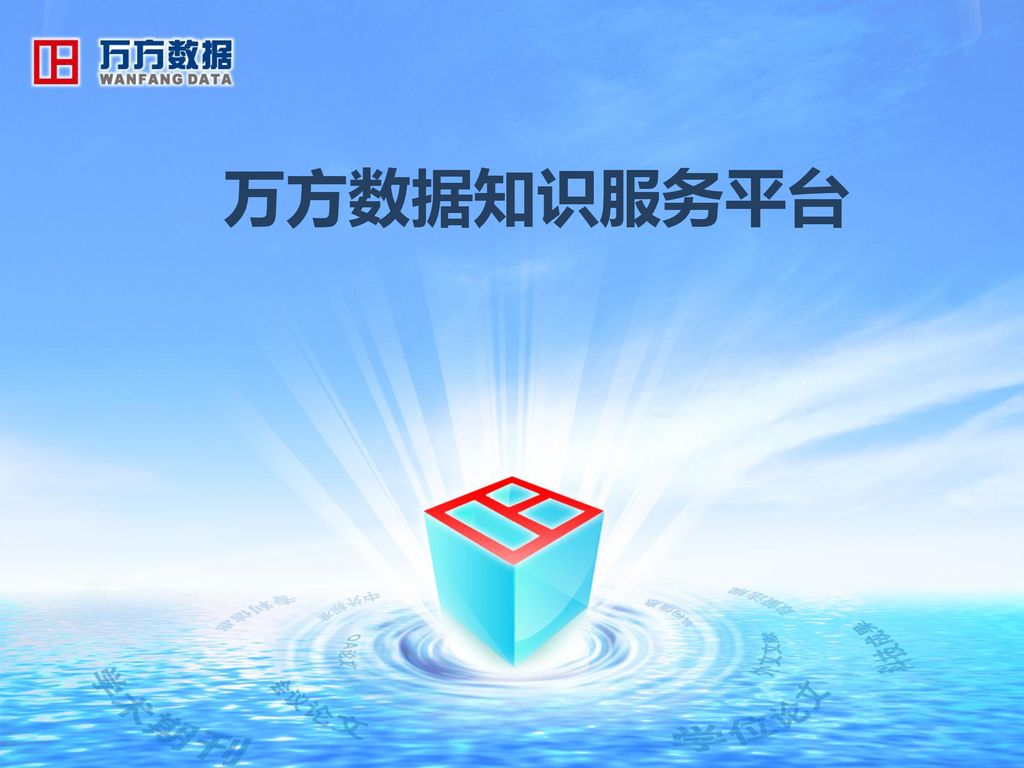

目前在商品汽车上普遍使用往复式活塞发动机。还有一种知名度很高,但应用很少的发动机,这就是三角活塞旋转式发动机。转子发动机又称为米勒循环发动机。它采用三角转子旋转运动来控制压缩和排放,与传统的活塞往复式发动机的直线运动迥然不同。这种发动机由德国人菲加士·汪克尔发明,在总结前人的研究成果的基础上,解决了一些关键技术问题,研制成功第一台转子发动机。汪克尔于1902年出生在德国,1921年到1926年受雇于海德堡一家科技出版社的销售部。在1924年,汪克尔在海德堡建立了自己的公司,他花了大 量的时间在那里进行转子发动机的研制,在1927年,诸如气密性和润滑等的一系列技术问题的攻克终于有了眉目。60年初在德国生产出第一辆装配了转子发动 机的小跑车。当时业内人士认为这种发动机的结构紧凑轻巧,运转宁静畅顺,也许会取替传统的活塞式发动机。
Der Wankelmotor ist ein Rotationskolbenmotor (RKM), der nach seinem Erfinder Felix Wankel benannt worden ist. Bei einem Wankelmotor wird die Verbrennungsenergie ohne den Umweg einer Hubbewegung, wie es bei Hubkolbenmotoren (HKM) der Fall ist, direkt in eine Drehbewegung umgesetzt. Es existieren prinzipiell zwei kinematische Versionen: Der Drehkolben-Wankelmotor (DKM 54) und der Kreiskolben-Wankelmotor (KKM 57), wobei die Zahl für das Jahr der Entstehung steht. Wirtschaftliche Bedeutung konnte nur der von Hanns-Dieter Paschke (1920–2015)[1] konzipierte Kreiskolben-Wankelmotor erlangen, der allgemein als Wankelmotor bezeichnet wird.
Beim KKM 57P (konstruiert 1957 von Hanns Dieter Paschke) übernimmt der bogig-dreieckige Rotationskolben, als Läufer bezeichnet, gleichzeitig die Funktionen der Kraftabgabe und der Steuerung der Gaswechselvorgänge. Der Kreiskolben-Wankelmotor hat eine Exzenterwelle und damit eine geringe Unwucht, die durch Ausgleichsgewichte völlig ausgeglichen werden kann. Der Drehkolben-Wankelmotor DKM 54 hat keine Exzenterwelle. Hier drehen sich der Läufer und die oval-bogige Hüllfigur (Zykloide) unwuchtfrei um ihre eigenen Schwerpunkte. Die Achsen sind somit exzentrisch zueinander gelagert. Beim DKM 54 ist der Außenläufer das kraftabgebende Element, der Innenläufer dient nur als Absperrteil zur Steuerung des Gaswechsels.

排队论(英语:queuing/queueing theory),或称随机服务系统理论、排队理论,是研究服务系统中排队现象随机规律的学科[1]。排队论作为数学运筹学的分支学科广泛应用于电信,交通工程,计算机网络、生产、运输、库存等各项资源共享的随机服务系统,[2] 和工厂,商店,办公室和医院的设计。[3][4]
排队论研究的内容有3个方面:统计推断,根据资料建立模型;系统的性态,即和排队有关的数量指标的概率规律性;系统的优化问题。其目的是正确设计和有效运行各个服务系统,使之发挥最佳效益。
Die Warteschlangentheorie (oder Bedienungstheorie) ist ein Teilgebiet der Wahrscheinlichkeitstheorie und der Unternehmensforschung und somit ein Beispiel für angewandte Mathematik. Sie beschäftigt sich mit der mathematischen Analyse von Systemen, in denen Aufträge von Bedienungsstationen bearbeitet werden, und gibt Antwort auf die Fragen nach den charakteristischen Größen wie der Stabilität des Wartesystems, der Anzahl der Kunden im System, ihrer Wartezeit usw. Sie unterstützt unter anderem Führungsentscheidungen über den Personaleinsatz und den Abfertigungsprozess und hilft, ein System zur Leistungsmessung auszubauen. Ihre Anwendung reicht von Computern, Telekommunikationssystemen, Verkehrssystemen über Logistik bis zu Fertigungssystemen.

 Missouri-MO
Missouri-MO
 Nobel prize
Nobel prize
 Nobel Prize in Chemistry
Nobel Prize in Chemistry
 Nobel prize
Nobel prize
 Nobel Prize in Physics
Nobel Prize in Physics
 Nobel prize
Nobel prize
 Nobel Prize in Physiology or Medicine
Nobel Prize in Physiology or Medicine
 Nobel prize
Nobel prize
 Nobel Memorial Prize in Economic Sciences
Nobel Memorial Prize in Economic Sciences
 Nobel prize
Nobel prize
 University/Institute
University/Institute

 Universities in the USA
Universities in the USA
 United States
United States


Als Wasserbau werden Maßnahmen, technische Eingriffe und Bauten im Bereich des Grundwassers, der Oberflächengewässer und der Meeresküsten bezeichnet. Heute weniger gebräuchlich ist die Bezeichnung Hydrotechnik für dieses Fachgebiet.
Der Wasserbau nimmt ober- und unterirdische Eingriffe am Gelände sowie an Gewässern vor und schafft Wasserbauwerke in Form von technischen, wasserwirtschaftlichen Anlagen.
水利工程(英语:Hydraulic engineering)是为了控制、利用和保护地表及地下的水资源与环境而修建的各项工程建设的总称。
土木工程中着重于水流体的自然运动与人工输送及利用的一门分支。该工程领域与桥梁、水坝、河道、运河以及堤防等关于水流、江川及洋海堤道工程的设计与施工有着密切的关联,亦涉及公共卫生与环境工程等这些和水相关的环境生态及用水范畴。
水利工程主要的工作为各种水工结构物,包括水坝与河海堤防、给水管网(Water Distribution Networks)与集水管网(Water Collection Networks)、生态永续、洪水管理(Storm Water Management)、沉积物运移(Sediment Transport)以及其他的与水土保持工程和大地工程有关的事务。


Der Wasserstoff erzeugt durch eine chemische Reaktion mit Sauerstoff Elektrizität, mit der der Zug angetrieben wird. Und wie – bis zu 200 Kilometer pro Stunde bringt er auf die Schiene. Als Nebenprodukte entstehen dabei nur Wasser und Wärme, wobei beides davon wiederverwertet wird. Das bei der Wasserstoff-Brennstoffzellenreaktion entstehende Wasser werde gereinigt und wiederverwendet, um den Wasserbedarf der Fahrgäste zu decken, so ein technischer Experte von CRRC. Die Abwärme, die bei der Kühlung der Wasserstoff-Brennstoffzelle entstehe, würde im Winter zum Heizen der Klimaanlage genutzt. Bei einer geschätzten Fahrleistung von 300'000 Kilometern könnte jeder Zug den Kohlendioxidausstoss um etwa 730 Tonnen pro Jahr verringern.
氢气通过与氧气发生化学反应产生电力,用于为列车提供动力。它的时速可达 200 公里。唯一的副产品是水和热量,这两种物质都可以循环利用。据中国铁路总公司的技术专家介绍,氢燃料电池反应过程中产生的水经过净化和再利用,可以满足乘客的用水需求。氢燃料电池冷却过程中产生的废热将在冬季用于加热空调系统。每辆列车的行驶里程预计为 30 万公里,每年可减少二氧化碳排放量约 730 吨。
Bei seinem Betriebstempo von 160 km/h hat der CINOVA H₂ mit einer Tankfüllung eine Reichweite von 1200 Kilometern – das wäre in etwa von Zürich bis Palermo auf Sizilien, Madrid in Spanien oder Dublin in Irland. In einer Komposition mit vier Wagen könne der Zug bis zu 1000 Passagiere befördern – und dies auch mit grossem Komfort.
CINOVA H₂的运行速度为每小时 160 公里,一箱油的续航里程为 1200 公里,大致相当于从苏黎世到西西里岛的巴勒莫、西班牙的马德里或爱尔兰的都柏林。列车由四节车厢组成,最多可搭载 1000 名乘客,而且非常舒适。


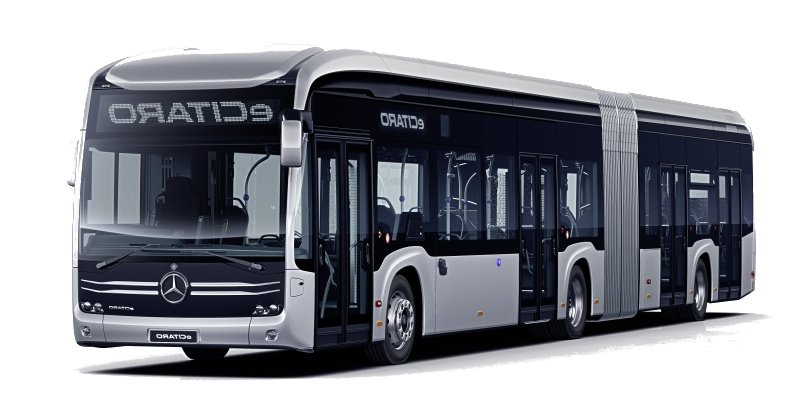
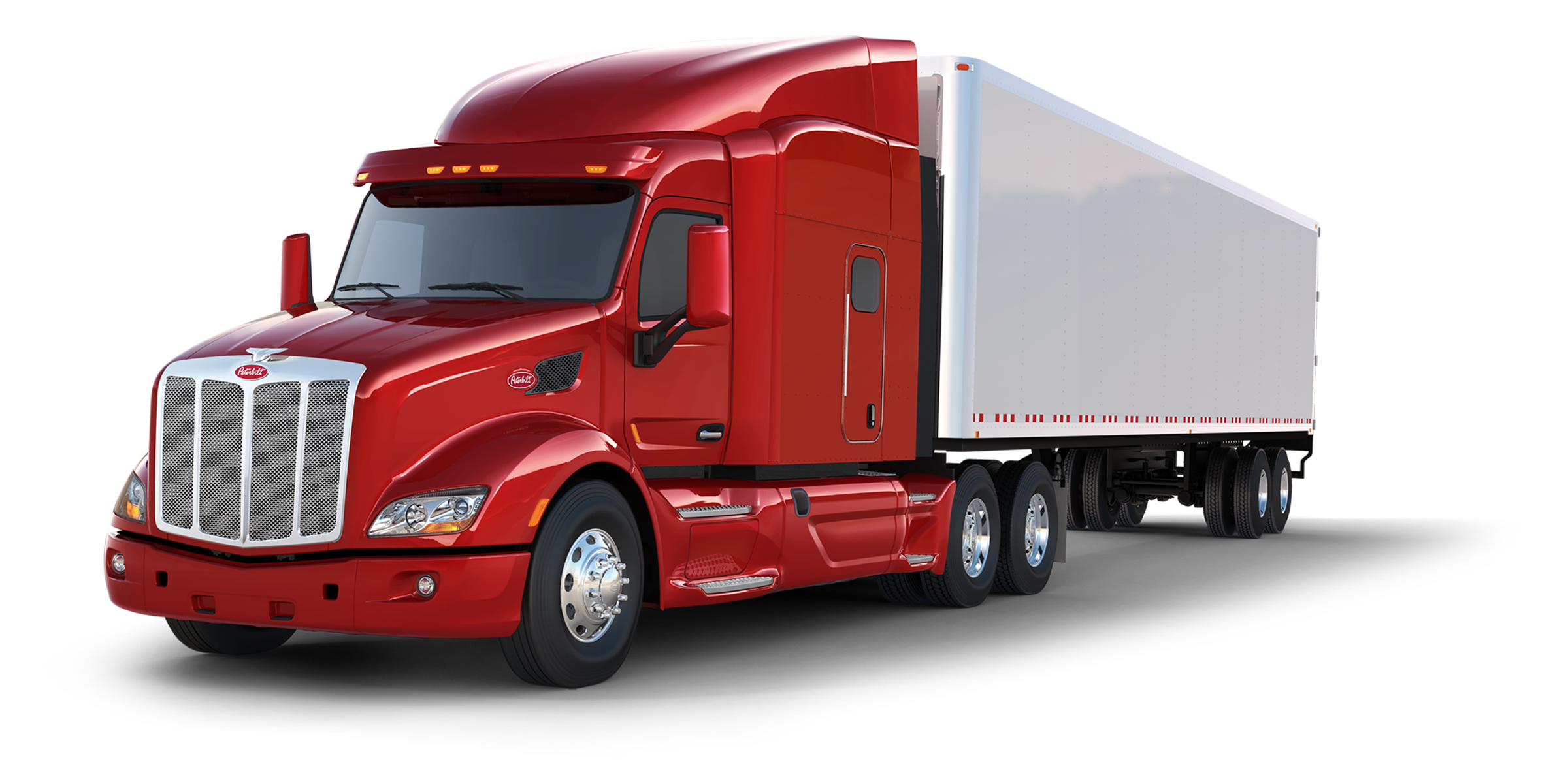 Automobile
Automobile
 *Fuel cell vehicle
*Fuel cell vehicle



 Automobile
Automobile
 *Hydrogen propulsion
*Hydrogen propulsion

 Energy resource
Energy resource
 ***Hydrogen Energy
***Hydrogen Energy

 History
History
 N 2000 - 2100 AD
N 2000 - 2100 AD


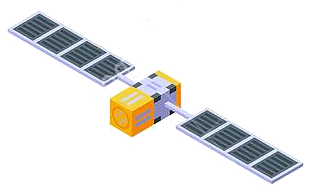
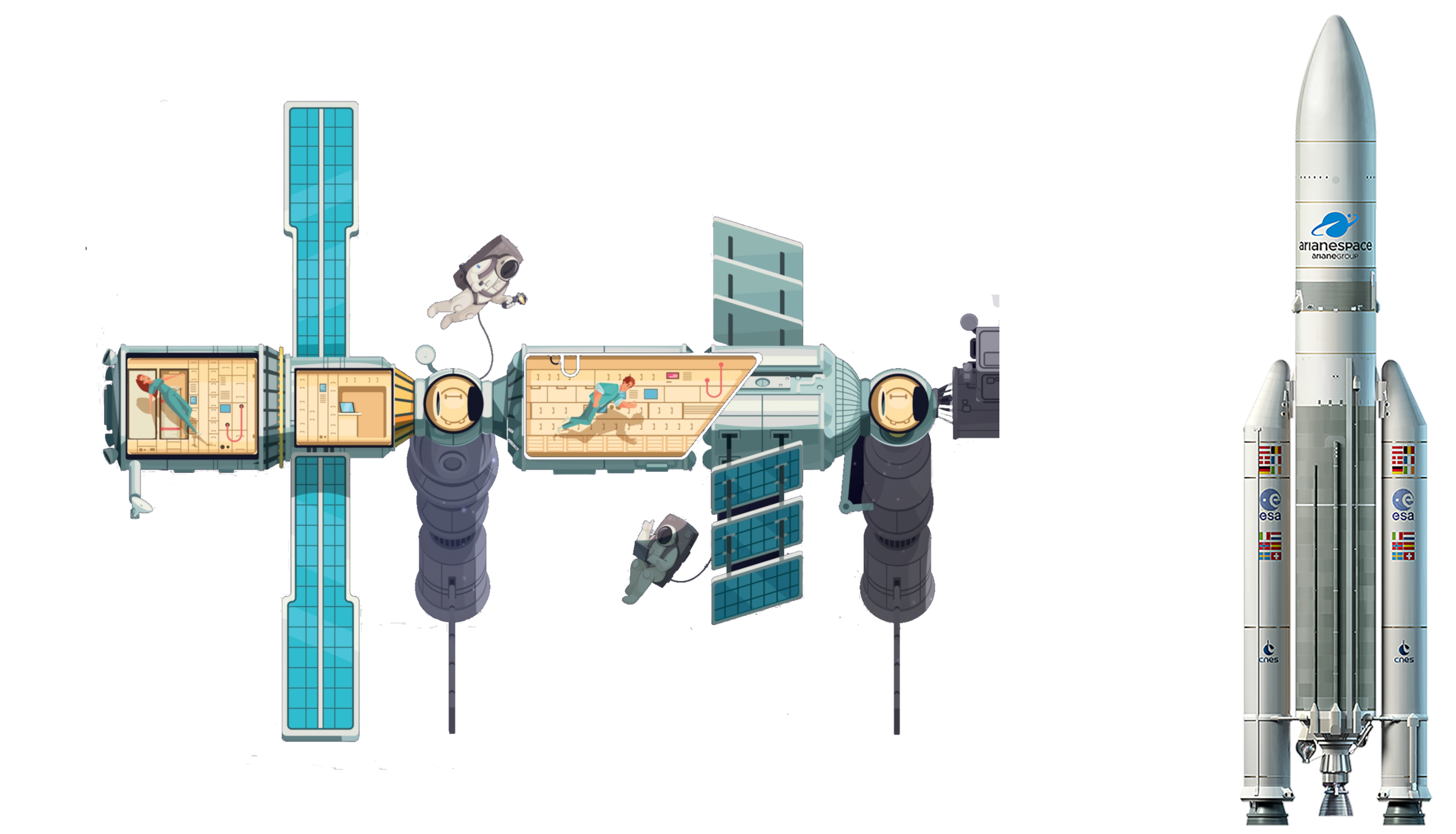 Aerospace
Aerospace

 Transport and traffic
Transport and traffic

 Science and technology
Science and technology
 Technology concepts
Technology concepts
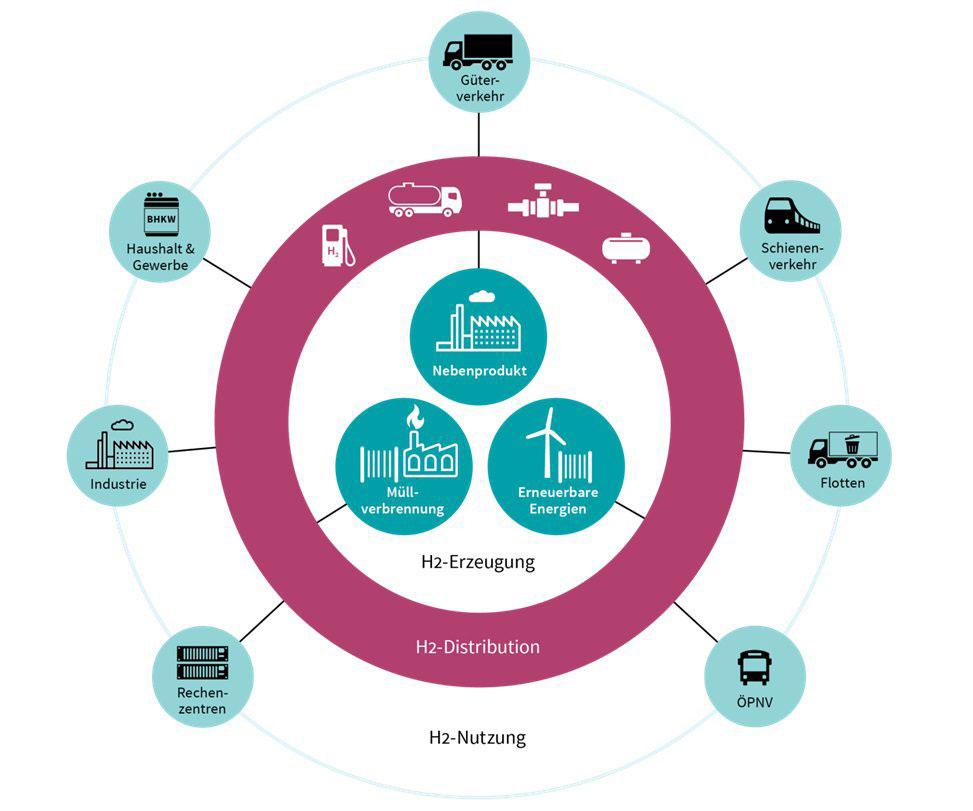


 Science and technology
Science and technology

 Science and technology
Science and technology
 The first industrial revolution and its leaders and followers
The first industrial revolution and its leaders and followers
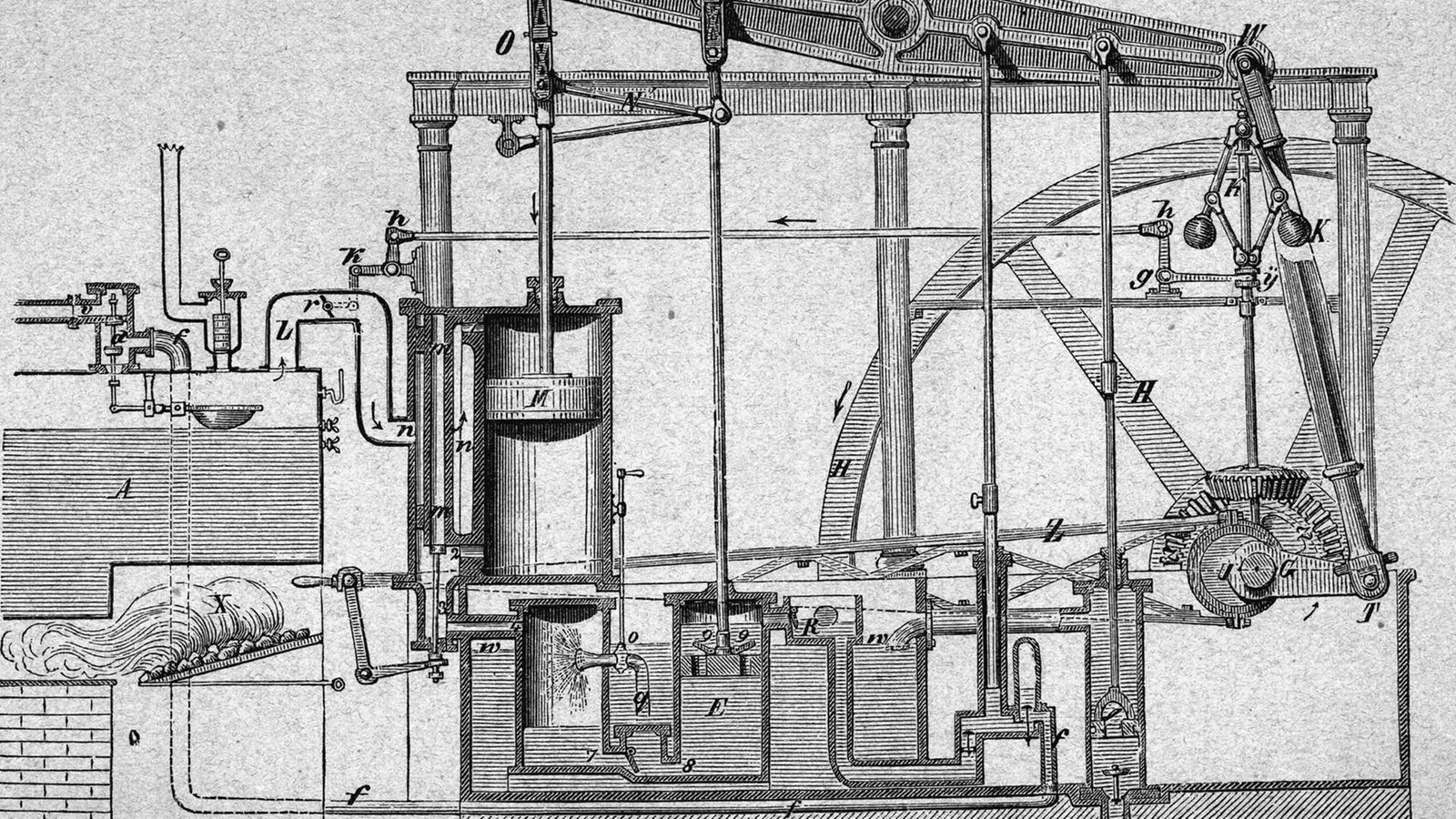
瓦特蒸汽机(Watt steam engine),又称博尔顿-瓦特蒸汽机(Boulton and Watt steam engine),是一种由詹姆斯·瓦特设计的早期蒸汽机,是工业革命的推动力之一。詹姆斯·瓦特在1763年至1775年期间,在马修·博尔顿的支持下,零星地展开设计。
与早期其他人设计的蒸汽机(如纽可门蒸汽机)相比,瓦特设计的蒸汽机节省了更多的燃料。1776年,瓦特设计的蒸汽机开始商业化,此后瓦特持续改进自己设计的蒸汽机。
过了很多年后,新的设计才开始逐步取代瓦特设计的蒸汽机[1]。
The Watt steam engine design became synonymous with steam engines, and it was many years before significantly new designs began to replace the basic Watt design.
The first steam engines, introduced by Thomas Newcomen in 1712, were of the "atmospheric" design. At the end of the power stroke, the weight of the object being moved by the engine pulled the piston to the top of the cylinder as steam was introduced. Then the cylinder was cooled by a spray of water, which caused the steam to condense, forming a partial vacuum in the cylinder. Atmospheric pressure on the top of the piston pushed it down, lifting the work object. James Watt noticed that it required significant amounts of heat to warm the cylinder back up to the point where steam could enter the cylinder without immediately condensing. When the cylinder was warm enough that it became filled with steam the next power stroke could commence.
Watt realised that the heat needed to warm the cylinder could be saved by adding a separate condensing cylinder. After the power cylinder was filled with steam, a valve was opened to the secondary cylinder, allowing the steam to flow into it and be condensed, which drew the steam from the main cylinder causing the power stroke. The condensing cylinder was water cooled to keep the steam condensing. At the end of the power stroke, the valve was closed so the power cylinder could be filled with steam as the piston moved to the top. The result was the same cycle as Newcomen's design, but without any cooling of the power cylinder which was immediately ready for another stroke.
Watt worked on the design over a period of several years, introducing the condenser, and introducing improvements to practically every part of the design. Notably, Watt performed a lengthy series of trials on ways to seal the piston in the cylinder, which considerably reduced leakage during the power stroke, preventing power loss. All of these changes produced a more reliable design which used half as much coal to produce the same amount of power.[1]
The new design was introduced commercially in 1776, with the first example sold to the Carron Company ironworks. Watt continued working to improve the engine, and in 1781 introduced a system using a sun and planet gear to turn the linear motion of the engines into rotary motion. This made it useful not only in the original pumping role, but also as a direct replacement in roles where a water wheel would have been used previously. This was a key moment in the industrial revolution, since power sources could now be located anywhere instead of, as previously, needing a suitable water source and topography. Watt's partner Matthew Boulton began developing a multitude of machines that made use of this rotary power, developing the first modern industrialized factory, the Soho Foundry, which in turn produced new steam engine designs. Watt's early engines were like the original Newcomen designs in that they used low-pressure steam, and all of the power was produced by atmospheric pressure. When, in the early 1800s, other companies introduced high-pressure steam engines, Watt was reluctant to follow suit due to safety concerns.[2] Wanting to improve on the performance of his engines, Watt began considering the use of higher-pressure steam, as well as designs using multiple cylinders in both the double-acting concept and the multiple-expansion concept. These double-acting engines required the invention of the parallel motion, which allowed the piston rods of the individual cylinders to move in straight lines, keeping the piston true in the cylinder, while the walking beam end moved through an arc, somewhat analogous to a crosshead in later steam engines.


 Education and Research
Education and Research
 Important disciplines
Important disciplines